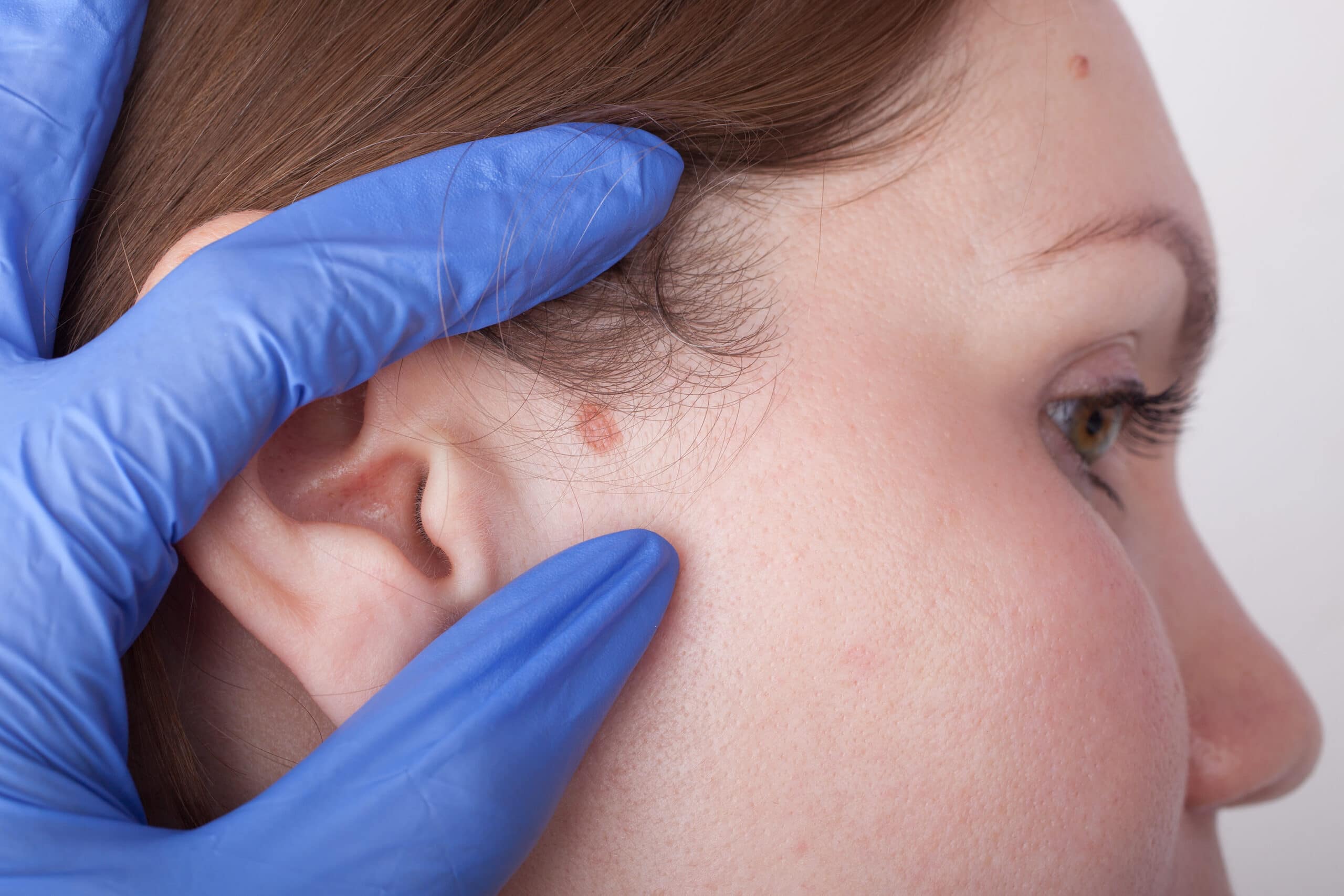What You Need to Know About Mohs Surgery

Surgeons use Mohs surgery to treat common types of skin cancer like basal cell carcinoma and squamous cell carcinoma. Your Mohs skin cancer surgeon Stockton performs three significant roles: removing the cancerous tissues, analyzing the tissues, and closing the wound. Your recovery from the surgery will depend on how large your treatment area is.
The surgery is suitable for areas with thin skin like your eyes, ears, nose, scalp, genitals, toes, and fingers.
Who is the ideal candidate for the procedure?
You will receive the treatment depending on
- How big the tumor is
- Its location
- Its likelihood of returning
- How defined the edges of the cancer are
What happens during the procedure?
The procedure involves removing cancer from your skin. Once you are in the operating room, your doctor will use anesthesia to ensure you are comfortable and will not experience discomfort. Once the treatment area is numb, your surgeon will use a scalpel to cut off thin layers of the cancerous skin.
The cut tissues will be taken to a lab for testing whether they are cancerous or not before your surgeon continues with the procedure. If the tissues are cancerous, your surgeon will continue with the removal of the rest of the cancerous tissues without affecting any healthy ones.
Your surgeon will continue to remove the affected tissues and test them until they reach non-cancerous tissues. You might need something to keep yourself busy as you await the lab results before your surgeon can continue removing other tissues.
Depending on how large the treatment area is, your surgeon might take several hours to complete the procedure. Keeping that in mind, the surgeon might recommend you clear the whole day for the surgery.
After the procedure, your surgeon will use different techniques to close the wound. If the wound is small, your surgeon can let the area heal on its own or pull the skin from nearby areas to cover it. If it is a large one, your surgeon might choose to stitch the site or use skin from another part of your body to cover the area.
Recovery
Your surgeon will give you instructions you must follow to ensure a successful recovery. To recover fully, you must keep vigorous exercises to a minimum. The main goal is to ensure you don’t raise your heart rate or blood pressure. Since it is a surgery, you need quality rest to ensure your wounds heal well.
Your surgeon will let you know about taking care of your surgical sites and changing the bandages. Ensure you’re site does not get wet when you shower.
Risks and complications
Like any other surgery, you might experience bleeding or tenderness in the treated area. Other complications can include temporary numbness or weakness, especially if a nerve was cut to remove the skin cancer. If the treatment area is large, you can also have shooting pain or a large scar.
If you have skin cancer, visit LUX Dermatology for Mohs surgery. You will meet qualified, experienced, and compassionate specialists ready to offer personalized treatment depending on your condition. Call or book an appointment online and enjoy better-looking skin.







